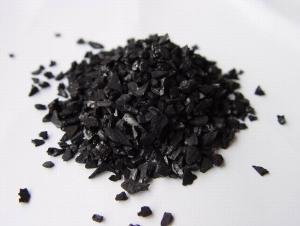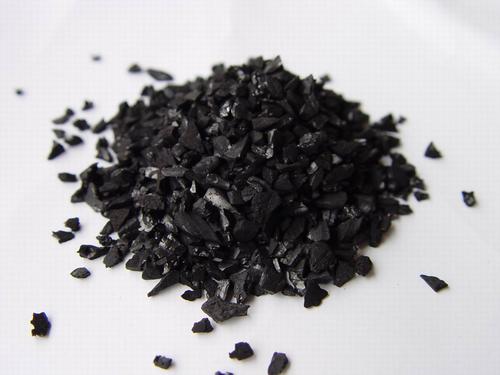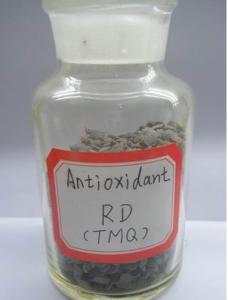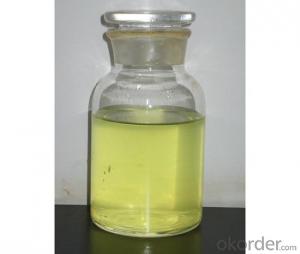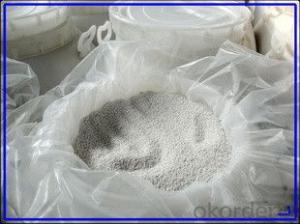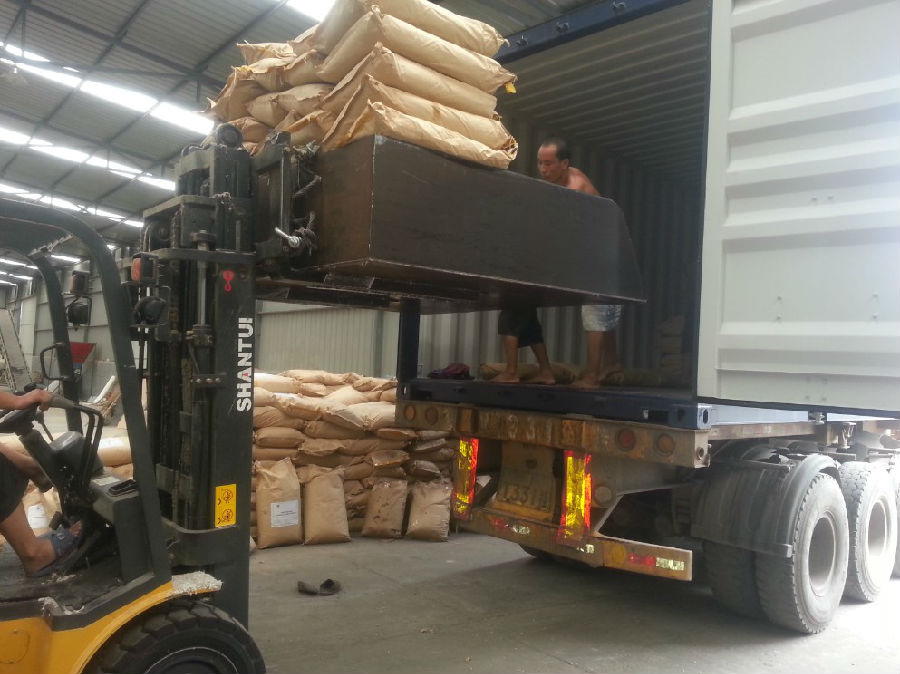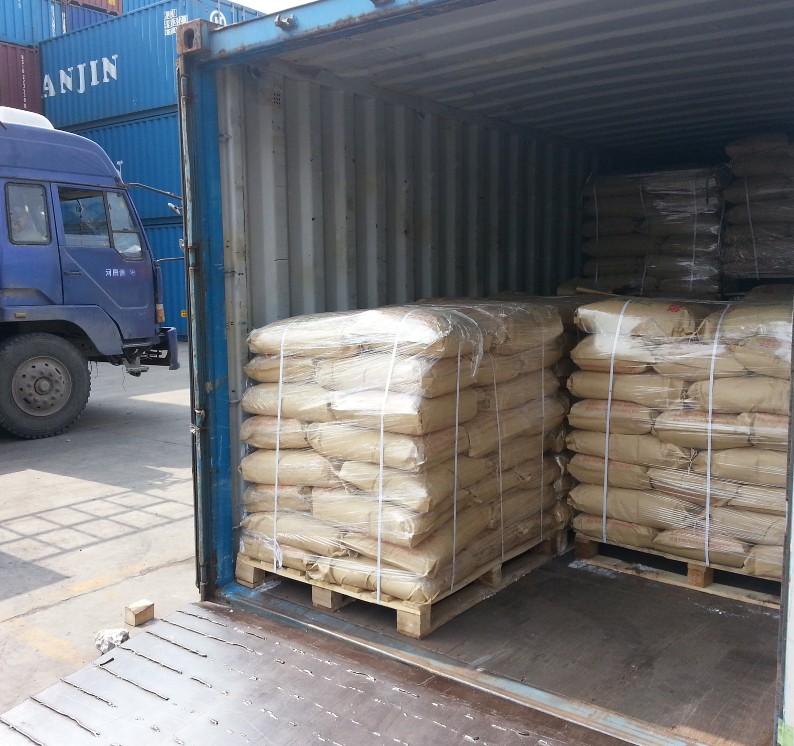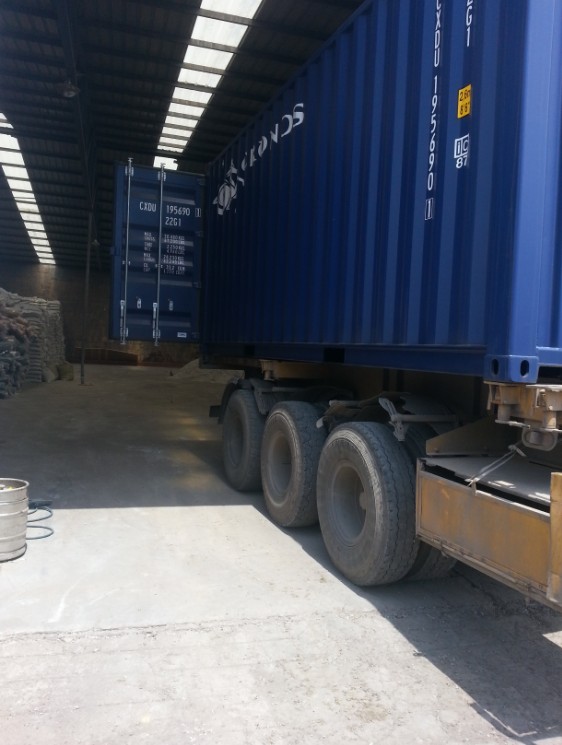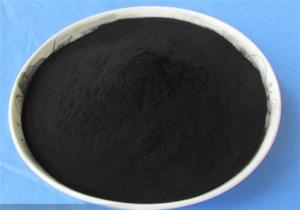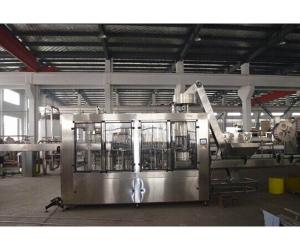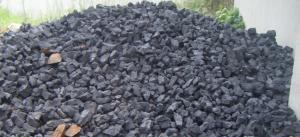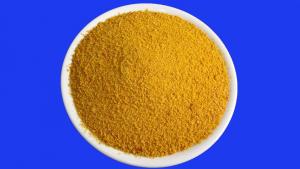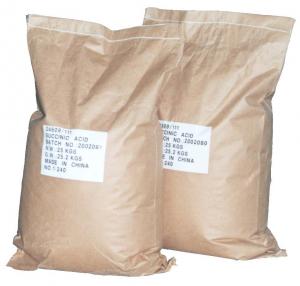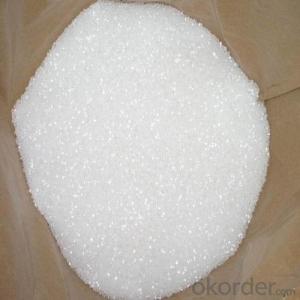Quick Details
Classification: Chemical Auxiliary Agent
CAS No.: 64365-11-3
Other Names: charcoal
MF: CH4
EINECS No.: 264-846-4
Purity: 100%
Place of Origin: China (Mainland)
Type: Adsorbent
Adsorbent Variety: Water Treatment Chemicals,air purification
Usage: Water Treatment Chemicals
product: Activated Carbon
Model Number: YG
Moisture content: 5.0%max
ash: 3%-10%
iodine value: 600-1200mg/g
Apparent density: 0.50-0.55g/cm3
Abrasion Number: 90%--98%
Methylene Blue Value: 120-240mg/g
size: 0.5-1mm 1-2mm 2-4mm 4-6mm
hardness: 98%
Packaging & Delivery
